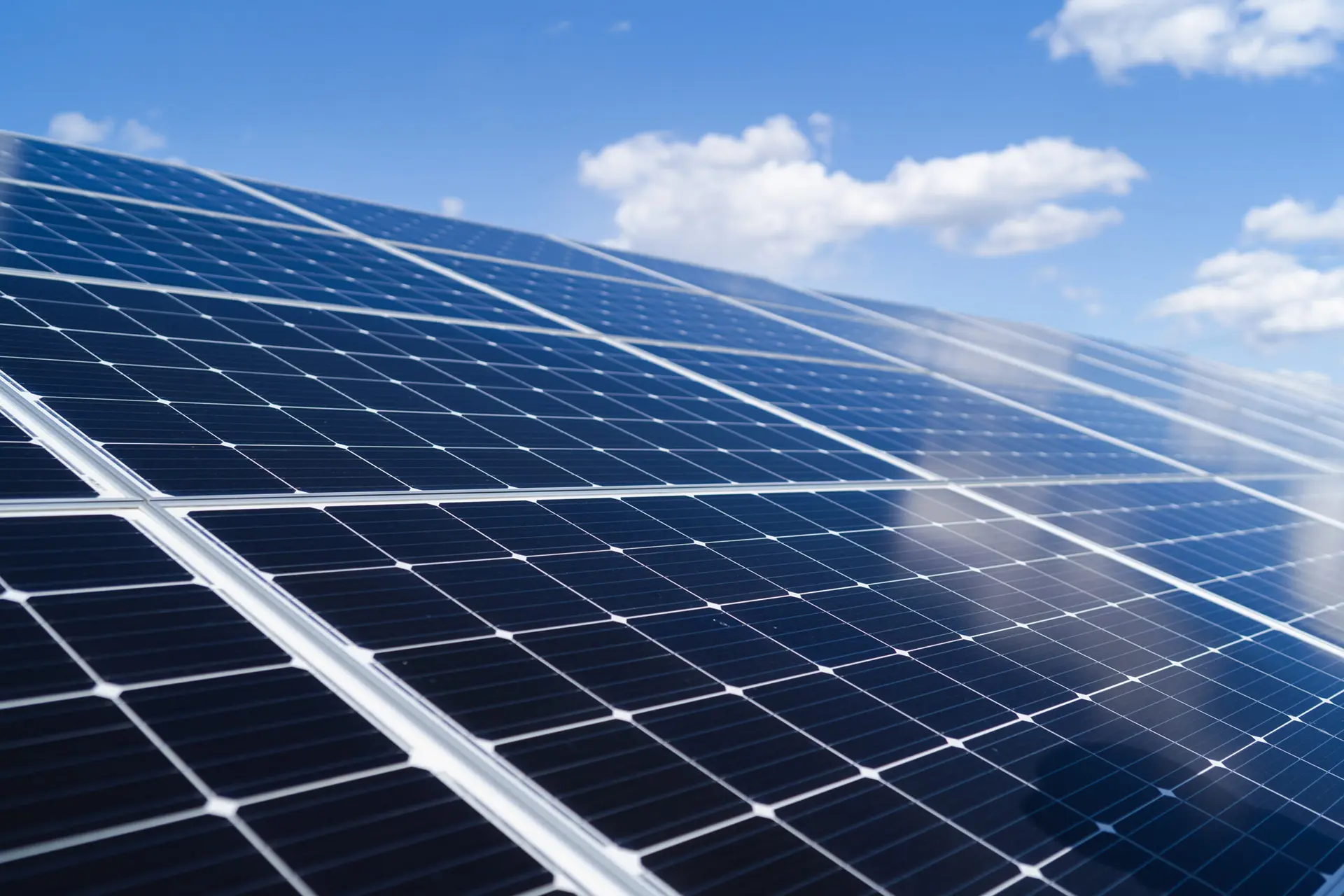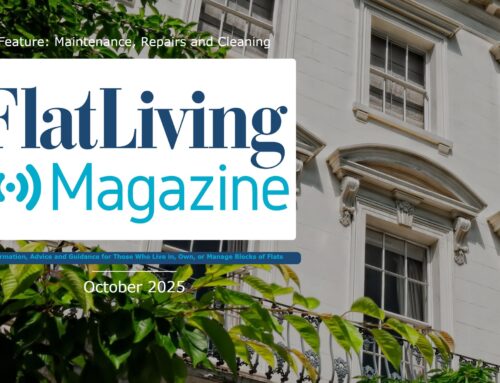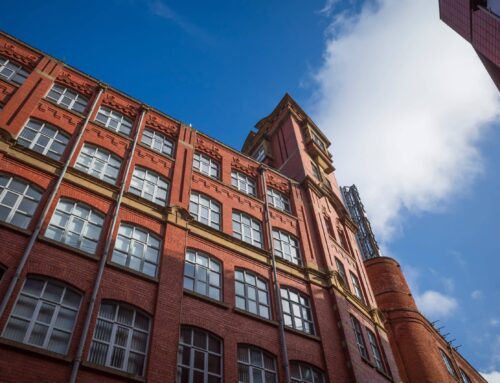Belinda Bagnall, Managing Director of Residentsline Insurance, explores how eco-friendly upgrades can benefit your building and how to make them happen.
Sustainability is becoming a core consideration for leasehold developments across the UK. From rising energy prices to climate-conscious residents, there is a growing need for blocks of flats to embrace environmentally friendly solutions.
For Residents’ Management Companies (RMCs), this means finding practical, affordable and visible ways to make communal areas “greener”. 
Why Sustainability Matters for Leasehold Developments
Going green is not just about saving the planet, although that is obviously a great start. Sustainable communal services can also reduce ongoing running costs, improve comfort for residents and enhance the long-term value of your property.
Today’s buyers and tenants are increasingly drawn to developments that demonstrate environmental awareness, and RMCs that take the lead can reap the rewards.
Sustainable improvements, when done well, also signal that an RMC is managing the block responsibly and have their eye on the future. It is about making your building cleaner, smarter and more resilient.
Solar Power
One of the most visible and impactful changes you can make is to install solar panels. These can be fitted to the roof and used to generate electricity for shared lighting, lifts, gates, or heating systems. Over time, solar installations can significantly lower the electricity bills for the block.
While upfront costs have to be factored in to these decisions, financial incentives like the Smart Export Guarantee (SEG) let you sell excess power back to the grid. It is also worth checking with local councils for any grant schemes that support renewable energy for residential buildings.
Rainwater Harvesting
Rainwater harvesting systems allow you to collect rain from rooftops and store it for non-drinking purposes. In leasehold developments, this water can be used for tasks such as garden irrigation or car park cleaning.
Besides reducing water bills, harvesting systems help manage surface water and reduce flood risks. They are especially cost-effective when added during planned refurbishment or landscaping work.
Green Roofs
A green roof is more than a visually appealing asset. Whether yours is a blanket of wildflowers or a low-maintenance sedum covering, these installations offer natural insulation, reduce urban heat and support local biodiversity. They also absorb rainwater, easing pressure on drains and reducing runoff.
Installing a green roof can involve significant investment, but local councils may offer support, and the visual and environmental impact is hard to overstate.
EV Charging
As the UK edges closer to a petrol and diesel phase-out, more residents are switching to electric vehicles. Installing EV charging points in your development is a practical step that supports this transition and makes your block more appealing to buyers and renters.
The good news is that RMCs may be eligible for grants through the Office for Zero Emission Vehicles (OZEV), which can help cover installation costs. Energy suppliers now also offer tailored solutions with flexible payment options, making it more accessible than ever.
Recycling Stations
Sometimes, the simplest solutions have the greatest impact. Setting up well-organised recycling and waste stations makes it easier for residents to dispose of waste correctly. Clean, clearly labelled bins and good signage go a long way toward reducing contamination and improving recycling rates.
Your local council may provide materials or support for better waste management, and improvements can be budgeted into your annual service charge planning.
Funding Green Improvements
Eco-upgrades do not need to blow your budget. A few key steps can make green improvements manageable:
- Start with a building audit to identify high-impact areas
- Consult professionals to assess options and costs
- Align upgrades with existing maintenance plans
- Look into government grants, local authority support and utility incentives
Pairing green initiatives with scheduled works such as roof repairs or garden redesigns can lower installation costs and reduce disruption.
Engaging Residents and Gaining Support
Achieving resident buy-in is essential for any sustainability initiative. Fortunately, many leaseholders are open to green improvements when the benefits are clearly explained, and disruption is kept to a minimum.
We suggest you hold meetings or circulate newsletters to present proposals, share potential cost savings and offer opportunities for feedback. Even small steps like switching to LED lighting can help demonstrate progress and build momentum.
Using digital noticeboards (such as those offered by Intratone) can also help keep everyone informed – especially residents who may not attend AGMs.
Final Thoughts
Sustainability in leasehold developments is not just about ticking boxes. It is about creating a more liveable, valuable and responsible environment for everyone. From rooftop solar panels to basement recycling bins, every initiative makes a difference.
By embracing eco-friendly communal services, RMCs can take the lead in future-proofing their buildings while delivering real benefits to residents.




Leave A Comment